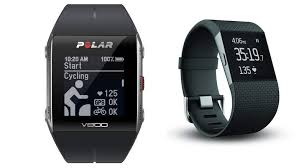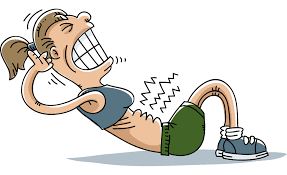You must have been tired listening to doctors mentioning do some exercises …… but not many go into details of how to exercise, which exercises to do, how frequently one is to exercise or about the intensity. The important thing is to get started in case you have not. Any small step is better than no step at all.
Before embarking on a fitness program, especially if you have never done exercises regularly, get a medical checkup done by the doctor which will include an assessment of the heart as well. Though exercises are beneficial, they can cause problems for some with certain problems like eye, kidney, joint, nerve or heart problems.
If all is okay, assess how fit you are by these simple steps:
- Check pulse rate before and immediately after walking 1. 6 km or a mile. The pulse rate should not be racing away. The time taken for the heart rate to come back to normal level before you started walking is equally important.
- How long does it take you to walk a mile or run 2.41 km or 1.5 miles.
- Waist circumference
- Body mass index
Once you have assessed how fit you are, then design a plan:
- Define the need for the exercise plan- to don dresses that had been in the shelves for long, to look and feel good, for weight reduction, to do a marathon or to look good at a function.
- The activity must be of at least 150 minutes of moderate aerobic activity a week
- Include different activities so you do not get bored. You can walk, cycle, jog, do water exercises, skip the rope, do the hula hoop, aerobics, zumba dance and so forth.
- Remember to start slow and progress slowly.
- Stretching before exercises is very important.
- Allow time for recovery.
- You need not do all the activities at one go. You can conveniently space them out in intervals.
- Be flexible. Do not punish your body.
Now that all is set, get the right footwear , get the right apparel, use a fitness app in your smartphone or use a fitness watch. The apps in the smartphone now-a-days gets one to be motivated to carry on.
Keep a diary to record the progress you made.
Reassess yourself every month.
Set new goals
Push outside your comfort zone as the body gets adjusted to the exercise quite soon and you will notice that the body needs to be pushed further to achieve more.
Do “listen” to your body. If weak or paining, do give a break and make sure all is okay. The injuries related to exercise too had been detailed in an earlier newsletter.















